Pheidole megacephala
129,90 zł – 449,90 zł
Pheidole megacephala is a polygynous ant species with colony sizes of up to 50,000 workers. They have a fast development speed and are characterized by their dark brown color with a reddish shade in the light. They primarily feed on food insects such as cockroaches and crickets, as well as syrup made from a mixture of water and honey.
| Behavior | |
|---|---|
| Difficulty in breeding | |
| Origin | , |
| The size of ants | |
| Wintering |
Pheidole megacephala and colony with nest inbreed
Pheidole megacephala is a fascinating ant species belonging to the genus Pheidole. These ants are commonly known as big-headed ants due to the size of their heads. In this article, we will explore the characteristics, size, nutritional needs, humidity and temperature requirements, as well as recommended nest setups for breeding these amazing ants.
Colony Type and Size
Colony Type: Polygyny
Colony Size: Up to 50 000 workers
Development Speed: fast
Size and Color:
- Queen: 6-8 mm
- Workers: 2-3 mm
- Majors: 3-4 mm
Pheidole megacephala ants are predominantly dark brown with varying intensities.
Nutrition
- Food insects (such as cockroaches and crickets) dead, or live if colony is big
- Syrup (a mixture of water and honey or sugar, with a ratio of 4/3 water:1)
- Fruits and vegetables
- Jelly
- Cooked chicken without salt, shrimps
- Honey
- Seeds
Don’t forget to check out our food products to ensure a well-balanced diet for your colony!
Humidity and Temperature
- Humidity: Arena: 50-70%, Nest: 50-80%
- Temperature: Arena: 22-30 °C, Nest: 22-27 °C
Characteristics of the Species
Pheidole megacephala is characterized by its aggressive nature, rapid reproduction rate, and remarkable polymorphism. These ants form aggressive armies, capable of defending their territory and taking on rival colonies. Their ability to multiply quickly helps them establish large and thriving colonies, making them highly successful as a species.
Another striking feature of Pheidole megacephala is their remarkable polymorphism. Within a single colony, these ants exhibit a range of sizes, from the smaller worker ants to the larger majors with their distinctive head shape. This polymorphism allows for division of labor within the colony, ensuring efficient functioning and specialization in different tasks.
Recommended Nests for Breeding
Pheidole megacephala colonies thrive best in suitable nest setups. Consider the following recommended nest materials:
- Acrylic: Acrylic nests provide a transparent and durable housing solution for observing ant activities. They are easy to maintain and clean.
- Cork: Natural cork nests provide a more natural and eco-friendly habitat for ants. They can also provide insulation and help regulate moisture levels.
- Plaster: Plaster nests offer a solid and stable environment for the ants. They can be customized to accommodate the specific needs of the colony.
- Aerated Concrete: Nests made of aerated concrete are known for their excellent insulation properties, promoting a stable temperature and humidity for the ants.
- Digfix
By choosing one of these recommended nest materials, ant keepers can create a suitable and comfortable living space for their Pheidole megacephala colony, supporting their growth and overall well-being.
Conclusion
Pheidole megacephala is an intriguing species of ants with various remarkable characteristics. From their polygynous colony structure to their fast development speed and aggressive behavior, these ants captivate ant enthusiasts. By understanding their size, nutritional needs, humidity and temperature requirements, and providing them with suitable nest setups, ant keepers can successfully rear and enjoy keeping Pheidole megacephala colonies.


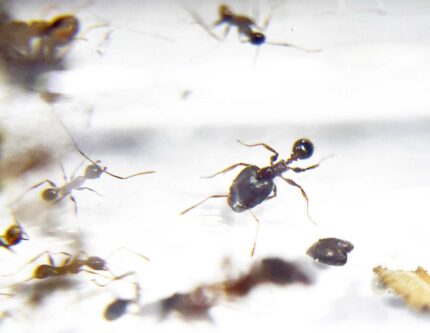
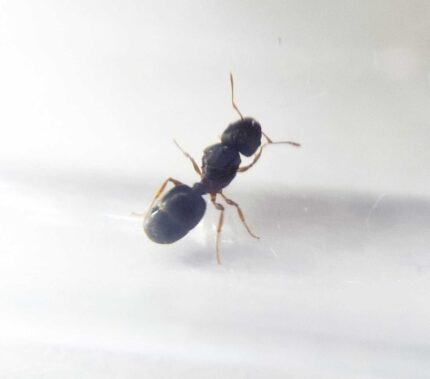
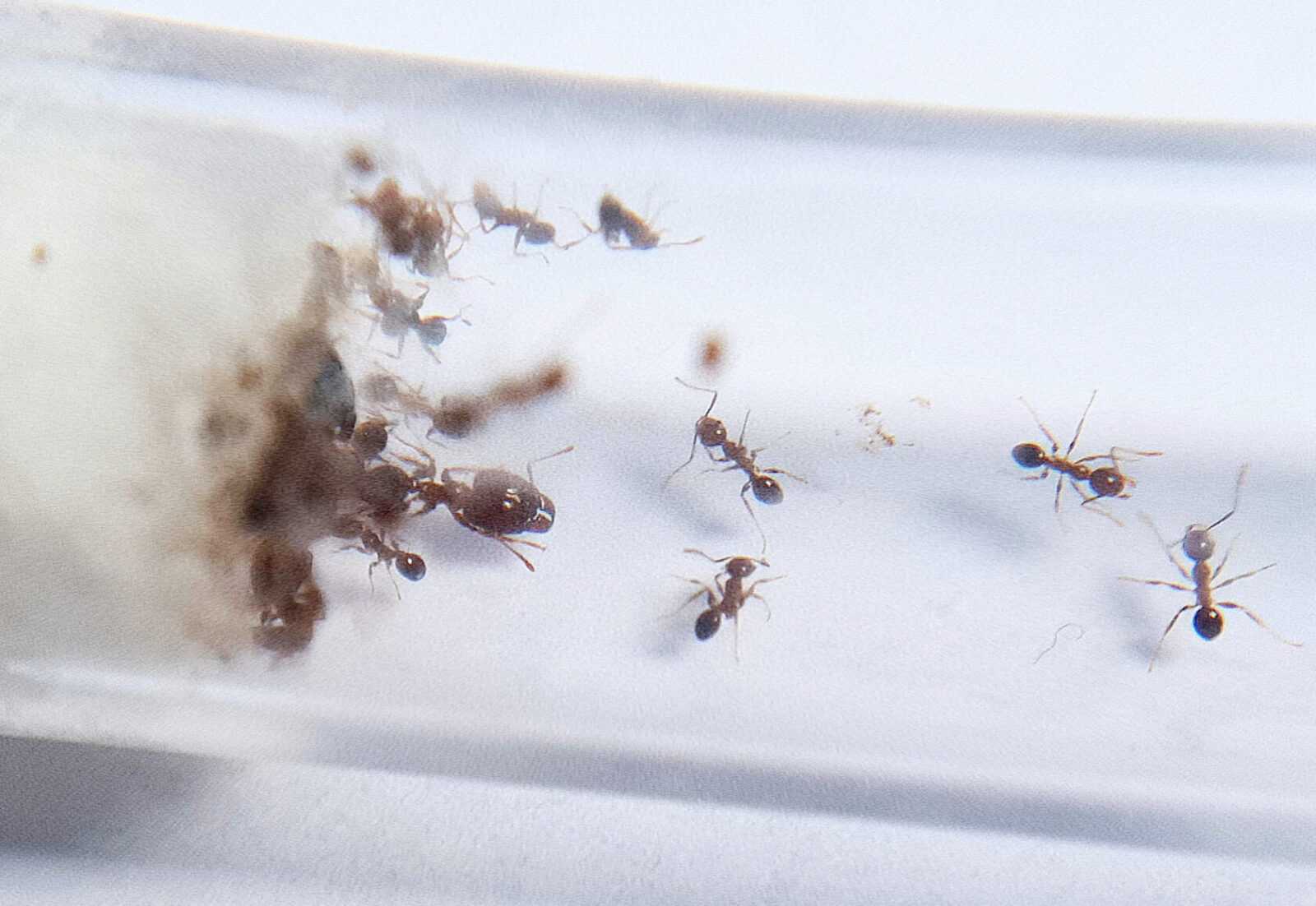
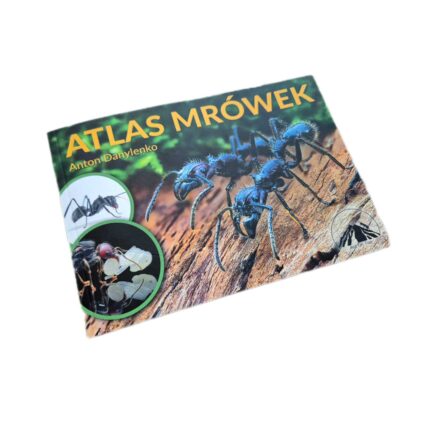
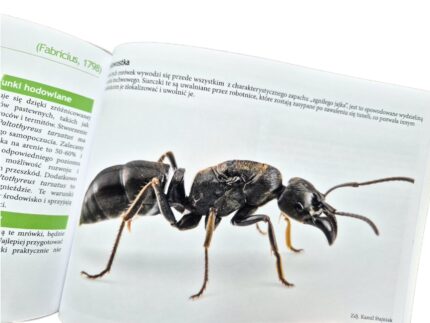
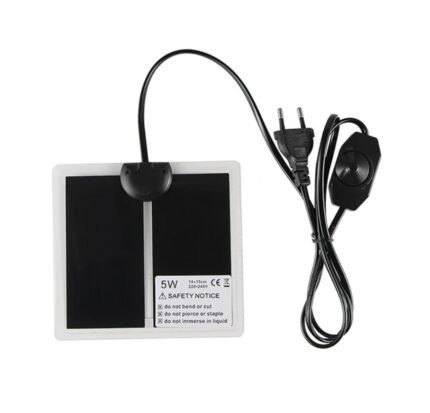
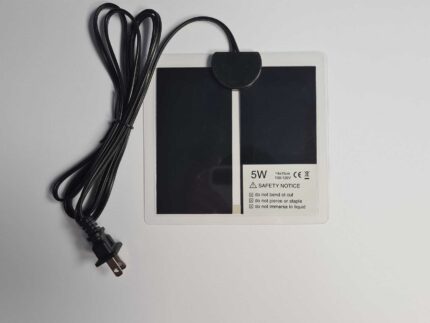
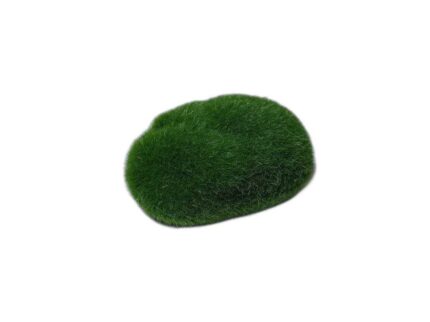
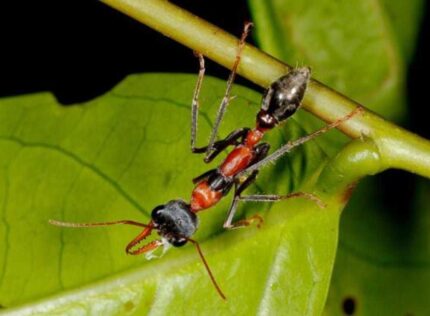
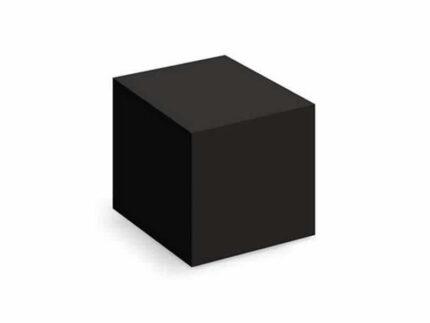
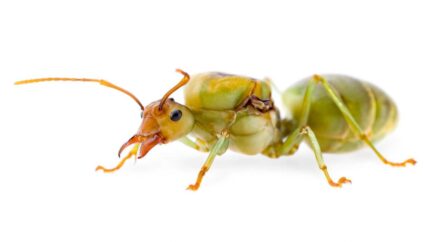
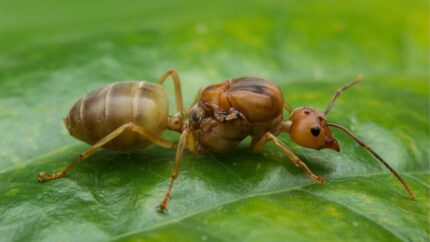
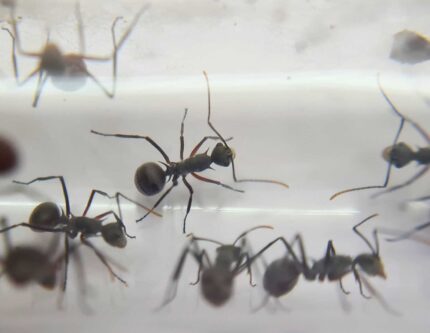
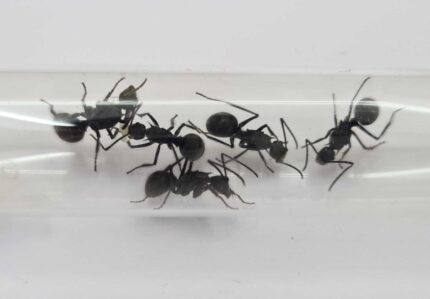
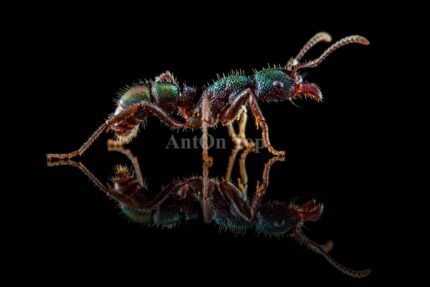
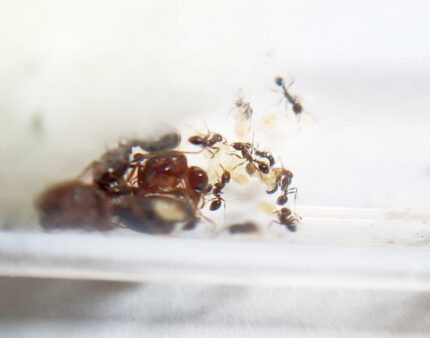
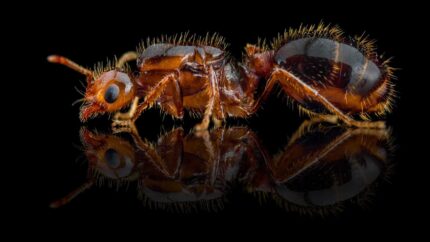
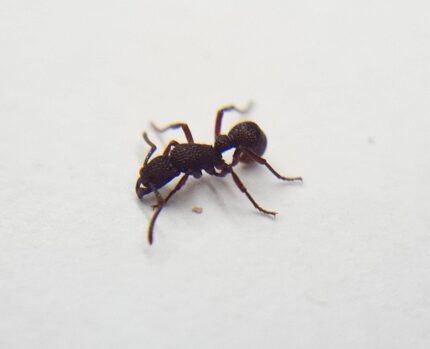
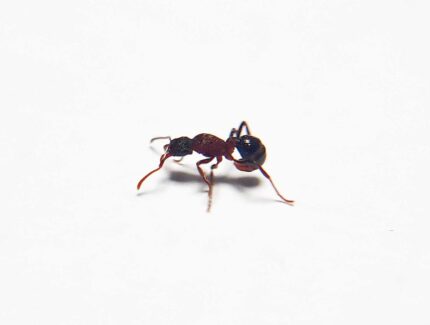
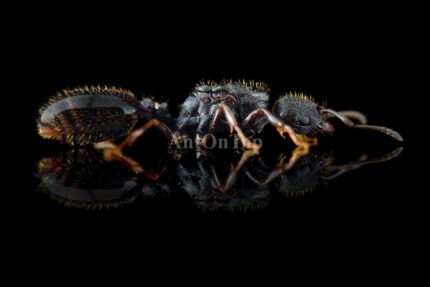
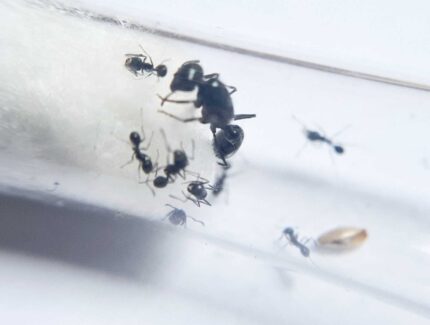
Valoraciones
Clear filtersNo hay valoraciones aún.